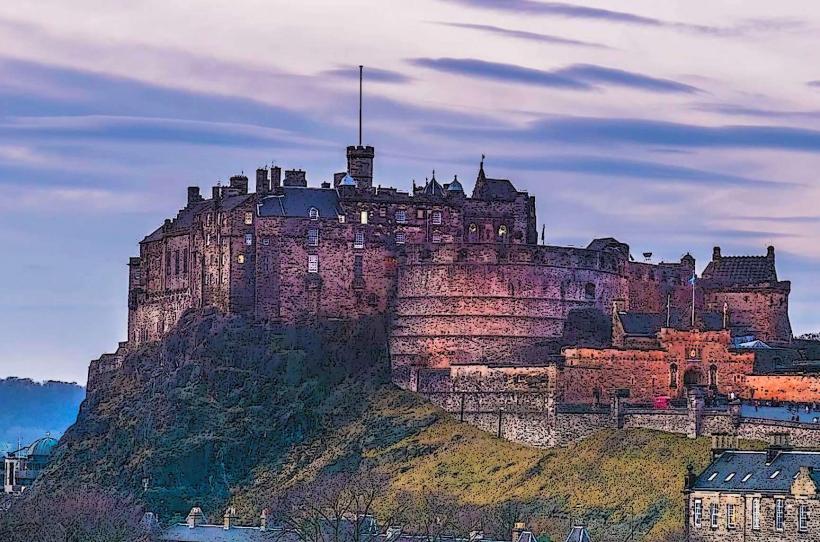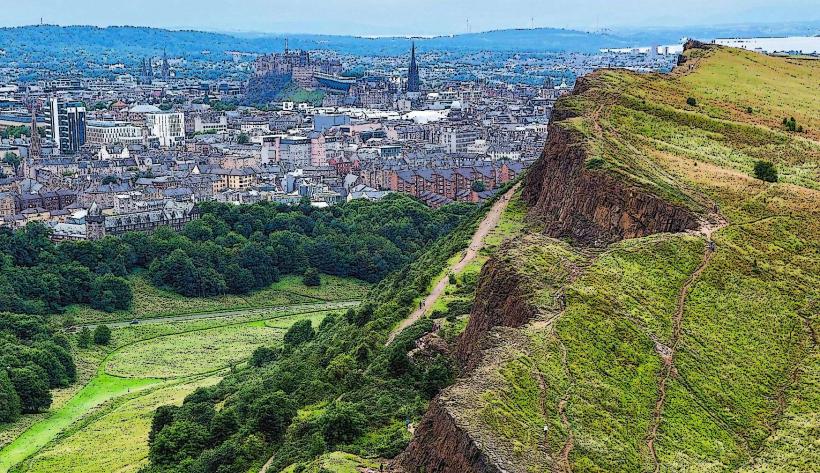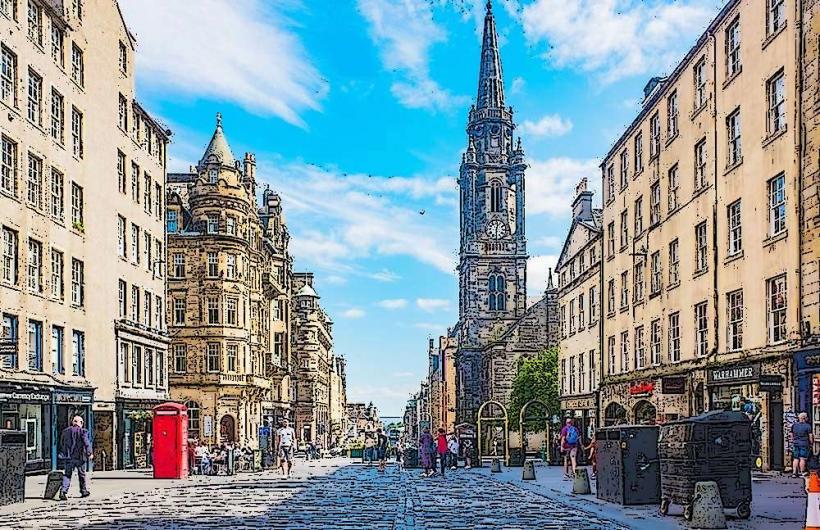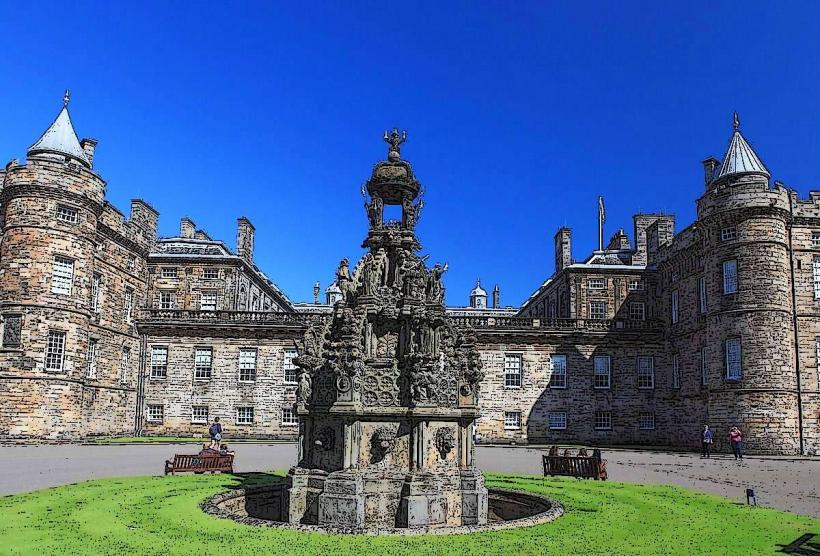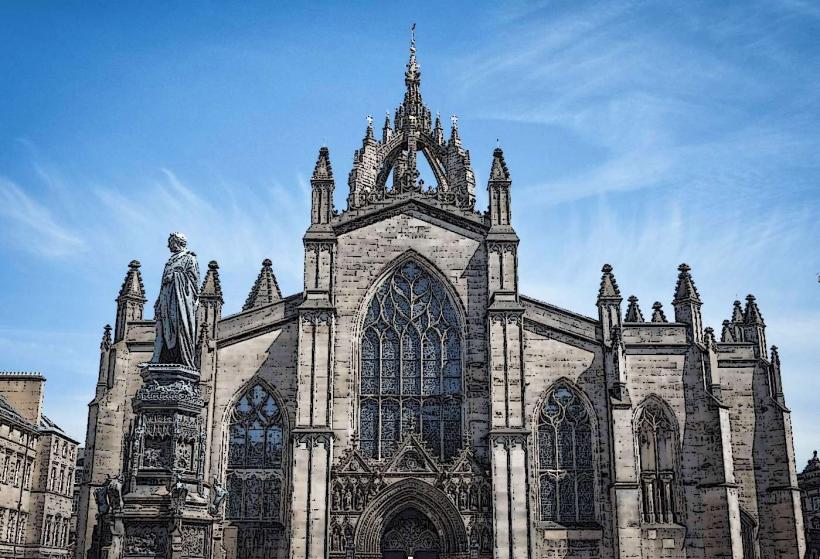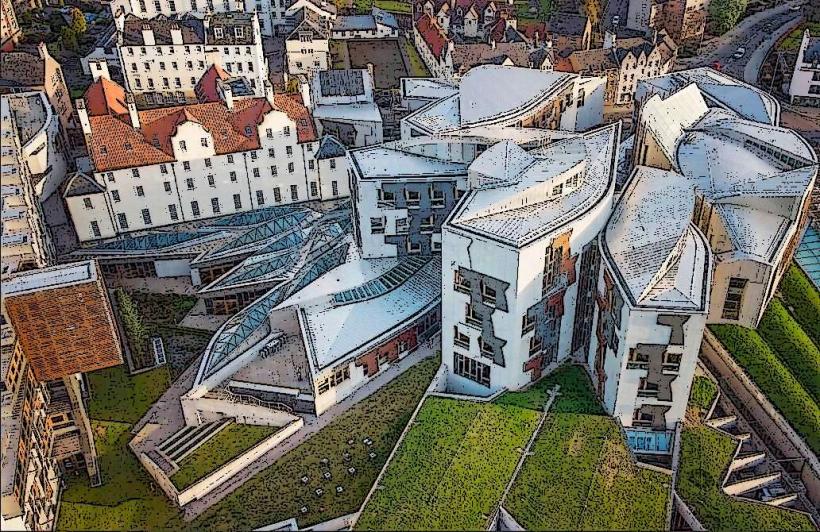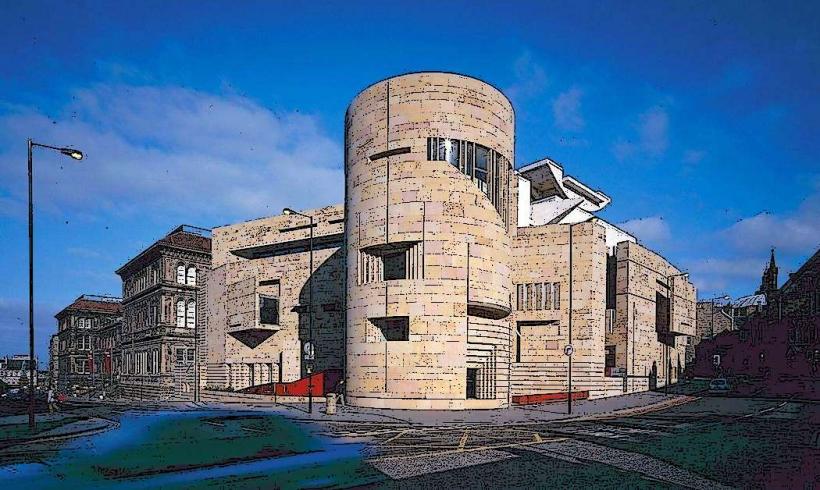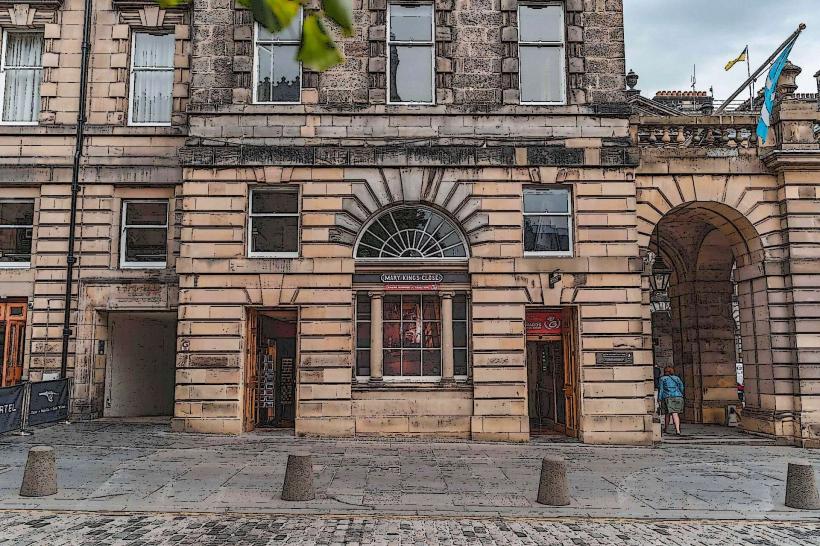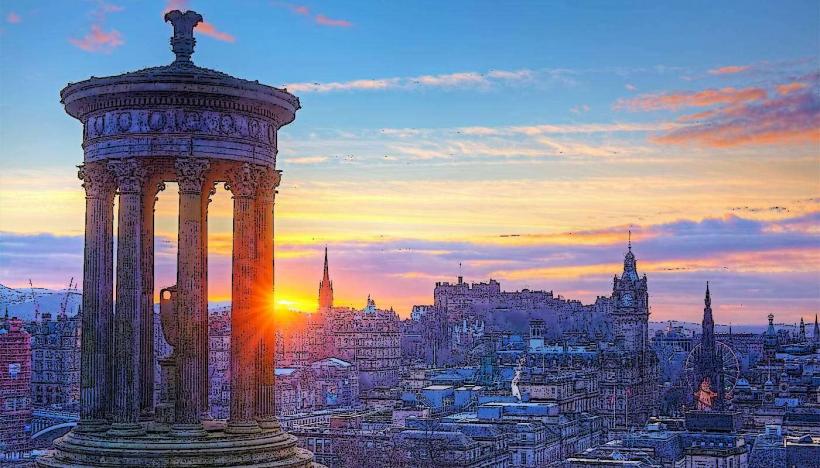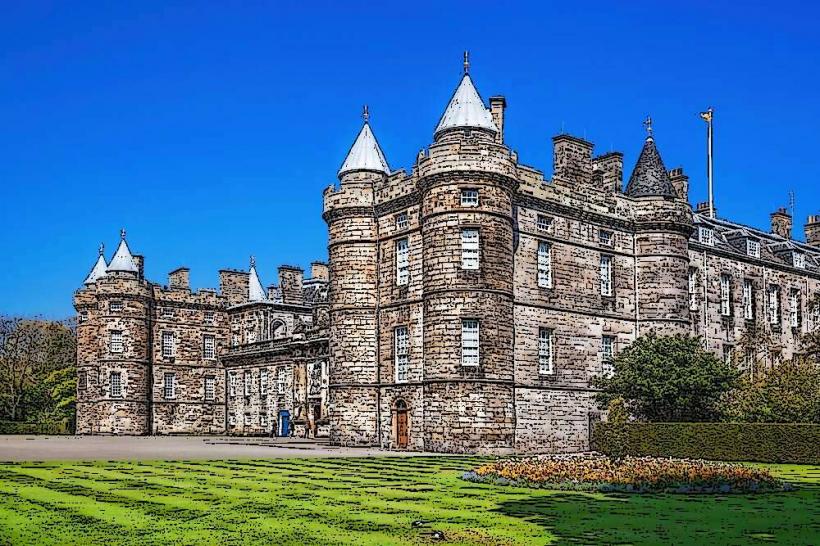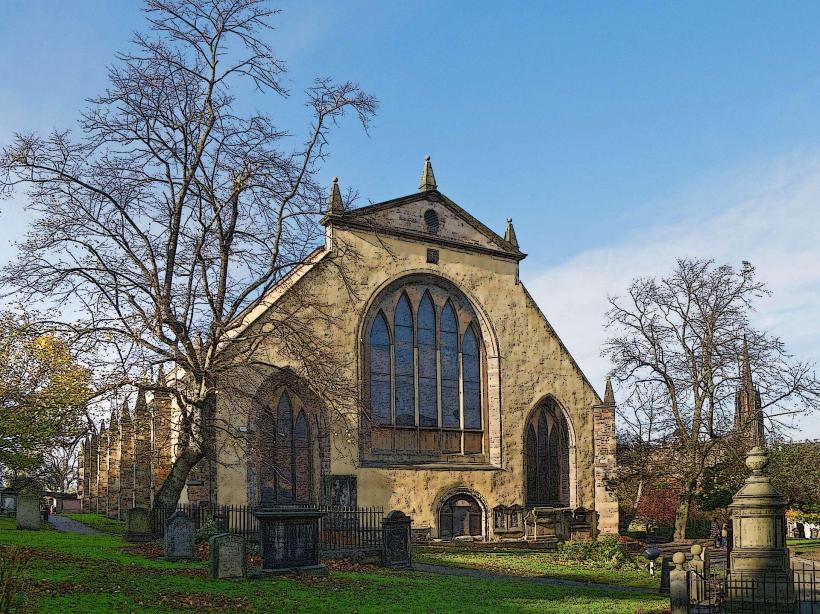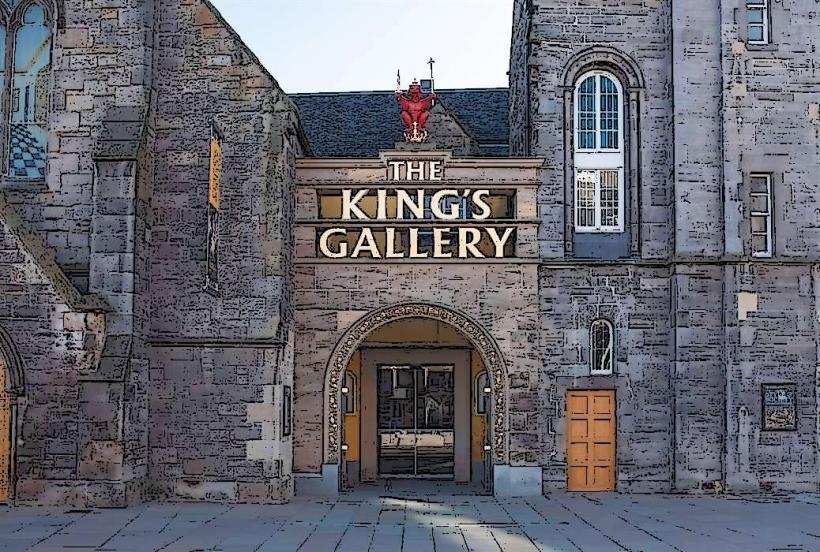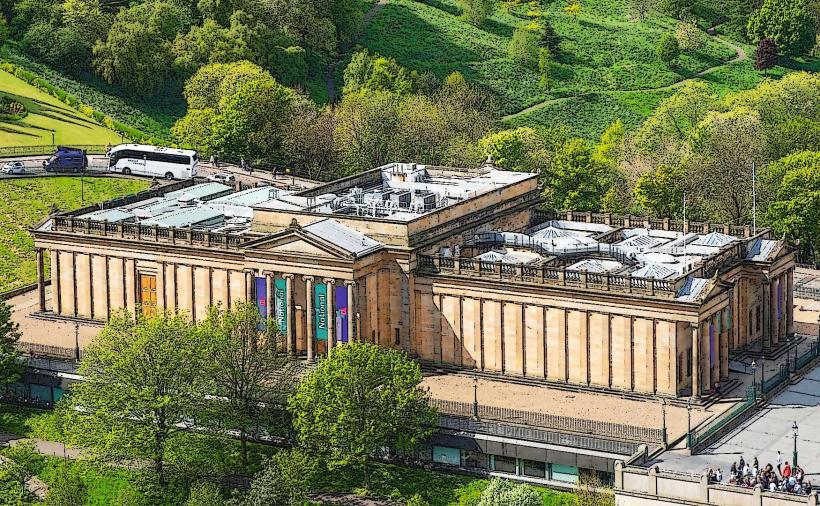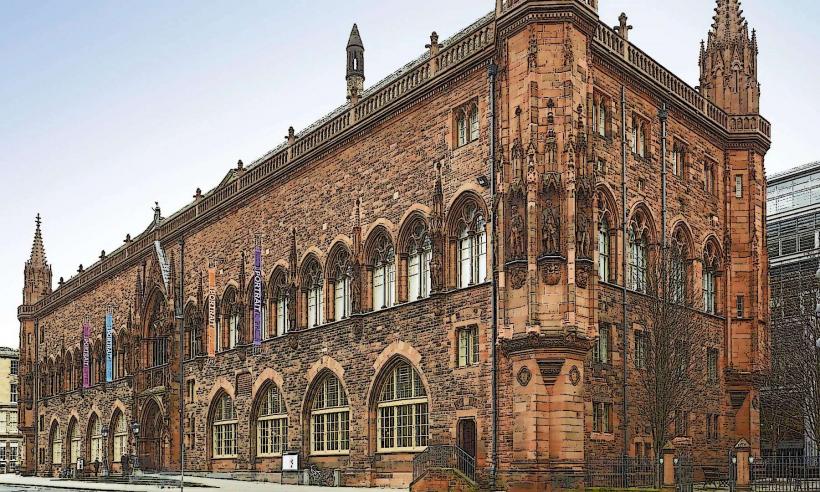Information
Landmark: Princes Street GardensCity: Edinburgh
Country: United Kingdom
Continent: Europe
Princes Street Gardens, located in the heart of Edinburgh, Scotland, is a public park that offers a lush and tranquil escape amid the city's bustling cityscape. Nestled between the Old Town (with its medieval buildings) and the New Town (with its neoclassical architecture), the gardens are one of the most iconic green spaces in Edinburgh, offering stunning views of Edinburgh Castle, the Old Town, and the extinct volcano, Arthur’s Seat. Here's an in-depth look at the history, features, and significance of Princes Street Gardens.
Origins and History
Creation and Early Development:
The gardens were created in the early 19th century as part of the development of Edinburgh’s New Town, which was designed to alleviate overcrowding in the medieval Old Town. The area where the gardens now lie was once part of the Nor Loch, a large body of water that surrounded Edinburgh Castle. In the 18th century, the Nor Loch was drained, and the land was transformed into gardens. The drainage and landscaping project was part of a broader effort to beautify Edinburgh and create open, green spaces in the New Town.
The Nor Loch and its Impact:
The Nor Loch, which lay between the Old Town and the Castle, was once a natural feature, serving as a defense against invaders. However, by the 18th century, it had become polluted and unsightly, leading the city's planners to drain it and use the reclaimed land for recreational and aesthetic purposes. The creation of Princes Street Gardens was part of the larger vision for the New Town's elegant, planned layout, with streets and parks designed to provide a sense of openness and order.
Victorian Era and Further Landscaping:
In the 19th century, the gardens were further developed and expanded. This period saw the introduction of features such as walking paths, ornamental flower beds, and tree planting. The Victorian landscaping included the addition of statues, memorials, and other decorative elements, further enhancing the gardens' aesthetic appeal. The gardens became an important part of Edinburgh's public life, offering a space for both relaxation and public events.
Layout and Features
Division of the Gardens:
Princes Street Gardens are divided into two main sections by the Mound, a large artificial hill that separates the East and West Gardens. The gardens are approximately 37 acres in total, providing ample space for both leisure and tourism.
- East Princes Street Gardens: The eastern section of the gardens is more formal and manicured, with well-maintained flower beds, hedges, and paths. It is bordered by Princes Street, Edinburgh's main shopping thoroughfare, and offers some of the best views of Edinburgh Castle, perched on its volcanic rock.
- West Princes Street Gardens: The western part of the gardens is more naturalistic, with larger trees, open spaces, and less structured landscaping. This section has a more relaxed feel, and it’s a popular spot for picnics, outdoor concerts, and festivals.
Statues and Memorials:
Throughout Princes Street Gardens, visitors can find a variety of monuments and statues, which add to the park's historical significance.
- The Scott Monument: One of the most recognizable landmarks in Edinburgh, the Scott Monument is located on the eastern side of the gardens. This Gothic-style monument was built in the mid-19th century to honor the Scottish author Sir Walter Scott. Standing at 200 feet (61 meters), the monument is the largest dedicated to a writer in the world. Visitors can climb the 287 steps to the top for panoramic views of Edinburgh.
- The Floral Clock: In the East Gardens, there is a large floral clock, which is meticulously maintained and changes its design annually. The clock is made up of colorful flowers arranged in intricate patterns, making it a unique and eye-catching feature in the gardens.
- The Burns Monument: This memorial to the Scottish poet Robert Burns, located in the West Gardens, was built in 1831. The monument is an imposing column with a statue of Burns, surrounded by a landscaped area dedicated to his life and work.
Water Features:
While the original Nor Loch was drained in the 18th century, water features remain a key part of the gardens. There are several ponds, fountains, and small streams, contributing to the tranquil atmosphere of the park. The central part of the gardens includes the Ross Fountain, a Victorian iron fountain that was installed in the late 19th century. The fountain features ornate, intricate detailing and is one of the gardens' focal points.
The Ross Bandstand:
The Ross Bandstand, located in the West Gardens, is a popular venue for outdoor performances and concerts, particularly during the summer months. The bandstand hosts various cultural events, including concerts, festivals, and community gatherings. It has been a significant part of Edinburgh’s cultural life for many years, contributing to the city’s vibrant arts scene.
Cultural and Social Importance
Festival Hub:
Princes Street Gardens is a major hub for the Edinburgh Festival, especially the Edinburgh International Festival and the Fringe. During August, the gardens are often transformed into venues for outdoor performances, art installations, and street theater. The open spaces allow for a variety of performances, from classical music concerts at the Ross Bandstand to large outdoor theater productions.
A Gathering Place for Locals and Tourists:
The gardens are not just a tourist attraction but a vital part of the daily life of locals. Edinburgh residents regularly use the gardens as a place to relax, exercise, or meet friends. The gardens’ central location makes it an ideal place for both residents and visitors to pause during a day of sightseeing or shopping. Whether enjoying a quiet moment under the trees or taking part in a cultural event, the gardens offer a wide range of experiences for different tastes.
Seasonal Changes and Beauty:
The beauty of Princes Street Gardens changes with the seasons, offering something different throughout the year. In spring and summer, the gardens are alive with colorful flowers and greenery, while autumn brings vibrant fall foliage. In winter, the gardens are often decorated with festive lights, and visitors can enjoy winter markets and ice skating. The changing landscape makes the gardens an attractive place to visit year-round.
Accessibility and Surrounding Attractions
Central Location:
Princes Street Gardens is centrally located in Edinburgh, making it easily accessible from many of the city's other attractions, such as Edinburgh Castle, the Royal Mile, and the National Gallery of Scotland. The gardens are also close to many shops, cafes, and restaurants on Princes Street, allowing visitors to explore the surrounding areas while taking in the beauty of the park.
Transportation:
The gardens are well-served by public transportation, with several bus routes stopping nearby. Edinburgh Waverley Railway Station is just a short walk from the gardens, making it easy to access from other parts of the city or beyond.
Conclusion
Princes Street Gardens is a beautiful and historically significant park that lies at the heart of Edinburgh. Its creation from the draining of the Nor Loch to its role in the city's cultural life today underscores its importance to both locals and visitors. Whether you're taking in the stunning views of Edinburgh Castle, enjoying a peaceful walk among the trees, attending a concert at the Ross Bandstand, or simply relaxing on a sunny afternoon, Princes Street Gardens offers a delightful and vital space that connects Edinburgh's past with its present.

